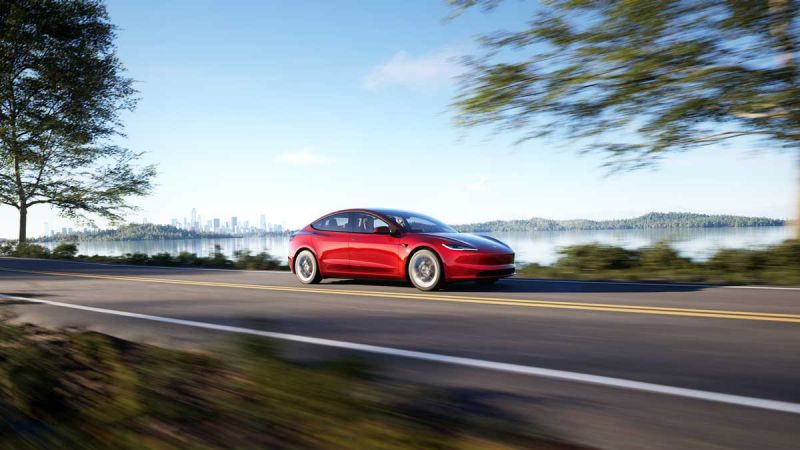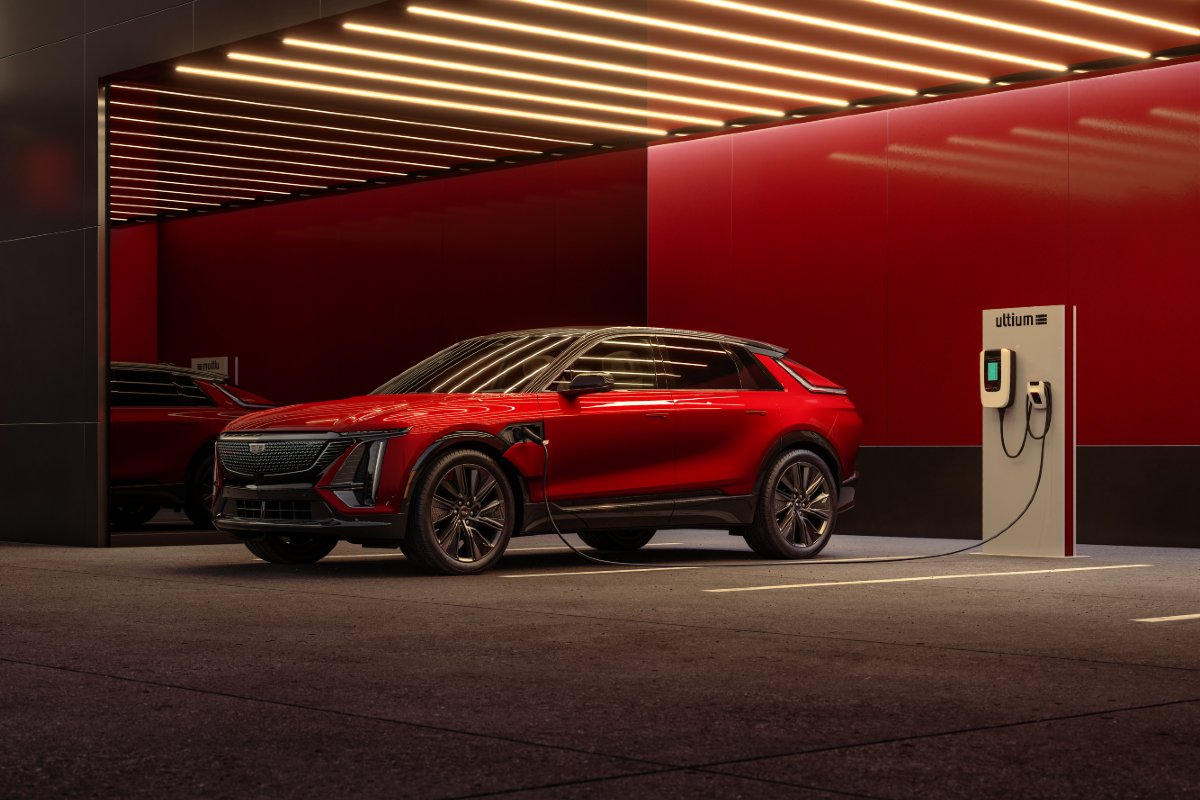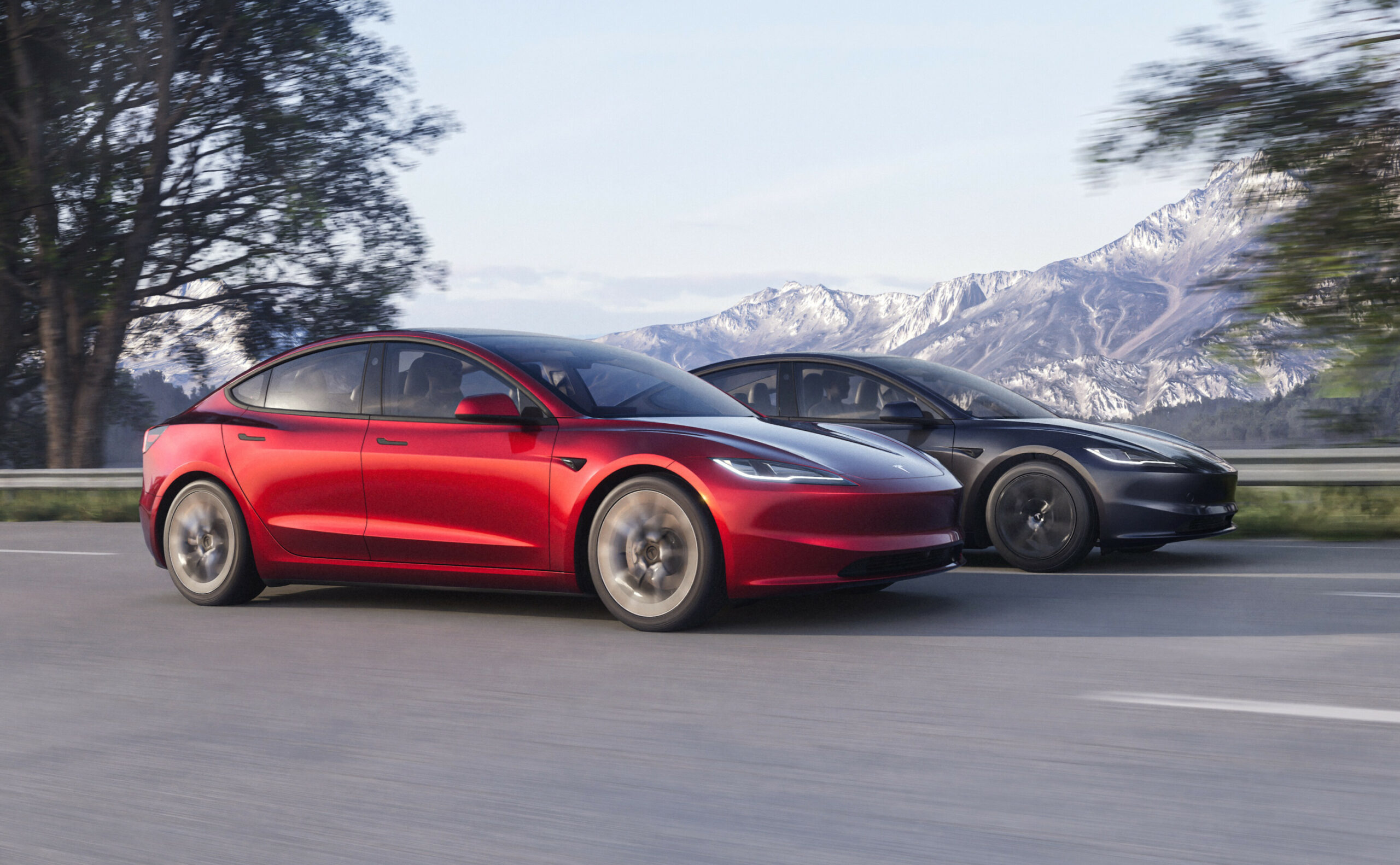
Unless you’ve been living in a cave somewhere in the Blue Mountains for the last decade, you’ll know that the next chapter in the story of the car is an electric one. Car manufacturers the world over are racing to convert their entire portfolios to electric, as some overseas jurisdictions prepare to outright ban the sale of new, internal combustion models by 2035.
In 2024, we’re starting to see the fruits of the car manufacturers’ (very expensive) labour. More and more electric models are arriving on Aussie shores and if we had to list all the ones coming this year alone, it’d be a very long one. Instead, here are the ones that have us most intrigued, excited – and rummaging around the garage for the extension lead.
Cadillac Lyriq

Been eyeing an electric SUV but remain unconvinced by what’s on offer? How about a Cadillac? The Lyriq SUV is confirmed for an Aussie arrival in 2024, offering all-wheel-drive and a dual-motor powertrain, GM’s latest Ultium battery platform and an enormous 33.0-inch conjoined widescreen infotainment and instrument display. It’s also made in right-hand-drive straight from the factory.
Outputs are estimated at 373kW/610Nm, the battery is positioned to ensure 50/50 weight distribution and there’s five-link independent suspension on both front and rear ends, promising a superb mix of ride and handling (for a 2774kg vehicle, anyway). Range is about 500km, the Lyriq being the first Cadillac officially sold in Australia for more than 50 years. Pricing is still TBC.
Jeep Avenger

The future of off-roading is electric, says Jeep, which will bring its first full EV to Australia in the form of the pint-sized Avenger. Getting rave reviews by overseas critics, the 4.08-metre long Avenger is powered by a 115kW/260Nm single electric motor, working the front wheels only. A 54kWh battery pack supplies around 400km of range.
Sitting on an architecture developed by Peugeot, and one set to be shared with the Fiat 600 and a future Alfa Romeo electric city SUV, pricing is the only major question remaining, and it’s a hot one. It will at the very least need to cost less than a Tesla Model Y, which is $65,400 in rear-drive guise (before on-road costs).
Kia EV5

Kia’s EV6 and new EV9 are some of the best electric vehicles around, and a new electric Kia is inbound: the EV5. A midsize SUV with the same futuristic, boxing styling as the EV9, the Australian EV5 will be sourced from China and produced with lithium-iron phosphate (LFP) batteries supplied by BYD, reducing the cost.
Speaking of which, its price will have to be near-enough to the aforementioned Tesla Model Y. Two battery sizes will be offered, 64kWh or a larger 88kWh with potentially more than 600km range. Kia has confirmed it’s also working on an EV3 small SUV, EV4 sedan and a performance dual-motor GT version of this EV5. Giddy up.
Lotus Eletre

Ignoring that a 2490kg electric SUV with a Lotus badge would probably not have been an idea popping into Colin Chapman’s head, the storied British brand has every right to build the Eletre, which could turn out to be its Cayenne moment. Any vehicle funding lightweight, puristic sports cars for generations to come is one we welcome.
The Eletre should be fascinating to drive in its own right if, for no other reason, to see how Lotus has imbued the most unlikely of vehicles with its own DNA and philosophy. With 600km claimed range, the all-wheel-drive Eletre can sprint from zero to 100km/h in just 2.95sec, promising properly driver-focused handling. Pricing is yet to be announced.
Tesla Model 3

Arriving in January – so just sneaking on this list – the updated Tesla Model 3 gets a squinty new face, a slightly updated interior and myriad other minor tweaks in an effort to round off some rough edges. Tesla says up to 50 percent of the car is all-new.
The best-selling electric car in Australia to date, the Model 3 starts from $61,900 (before on-road costs) for the rear-drive base model, while the new one controversially deletes the indicator and wiper stalks, moving those functions to the steering wheel. We’re keen to drive the dual-motor version, claiming 0-100km/h in 4.4sec and up to 629km range.
Volvo EX30

Starting at just $59,990 (before on-road costs) the EX30 will be a cat thrown amongst a gaggle of existing electric SUV pigeons around this price-point. Not least all of them, the all-conquering, best-selling Tesla Model Y, which is more expensive. (Although it’s a larger vehicle, the EX30 measuring just 4233mm long – about half a metre less.)
With an oddly calming minimalism to its design, a 12.3-inch tablet-style infotainment touchscreen takes pride of place in the centre of the dash. The base model, with that red-hot price, promises 200kW from its single, rear-driven electric motor, 0-100km/h in 5.3sec and a range around 540km.












Discussion about this post